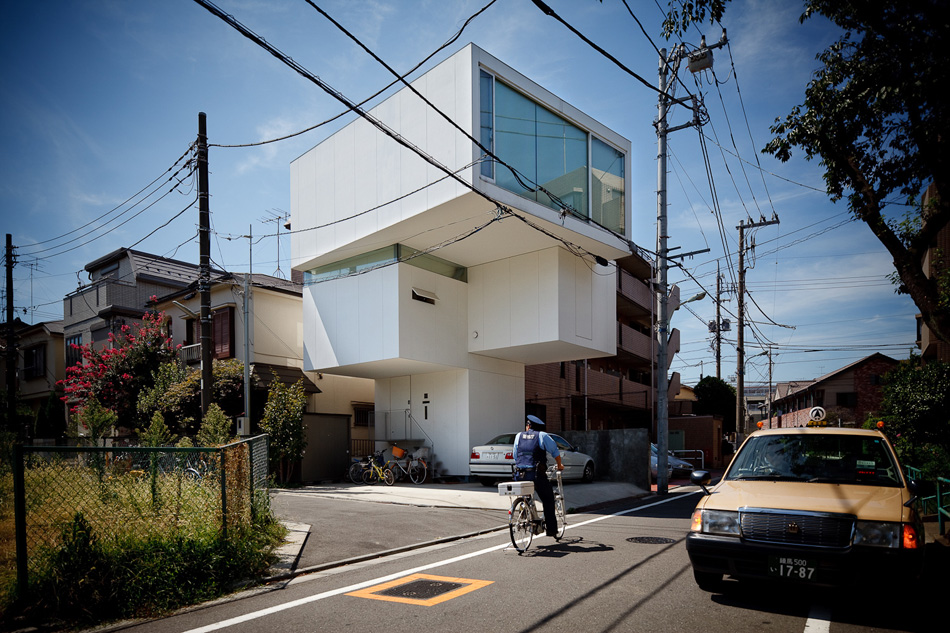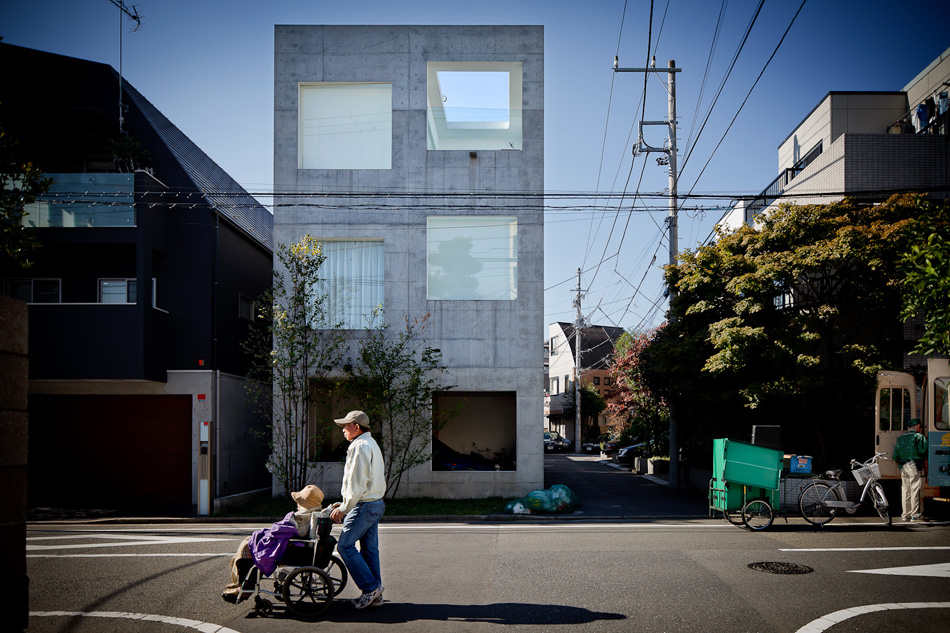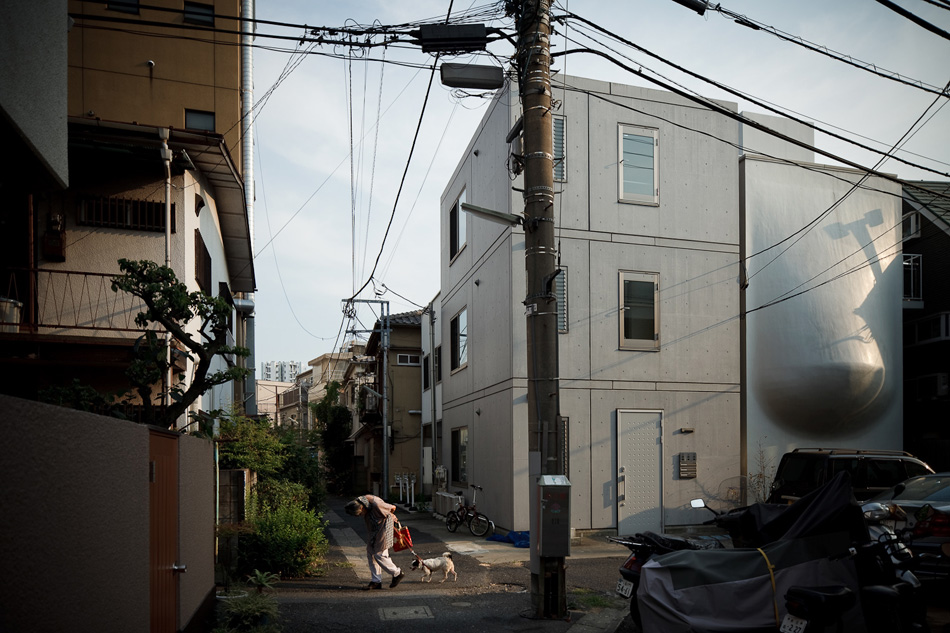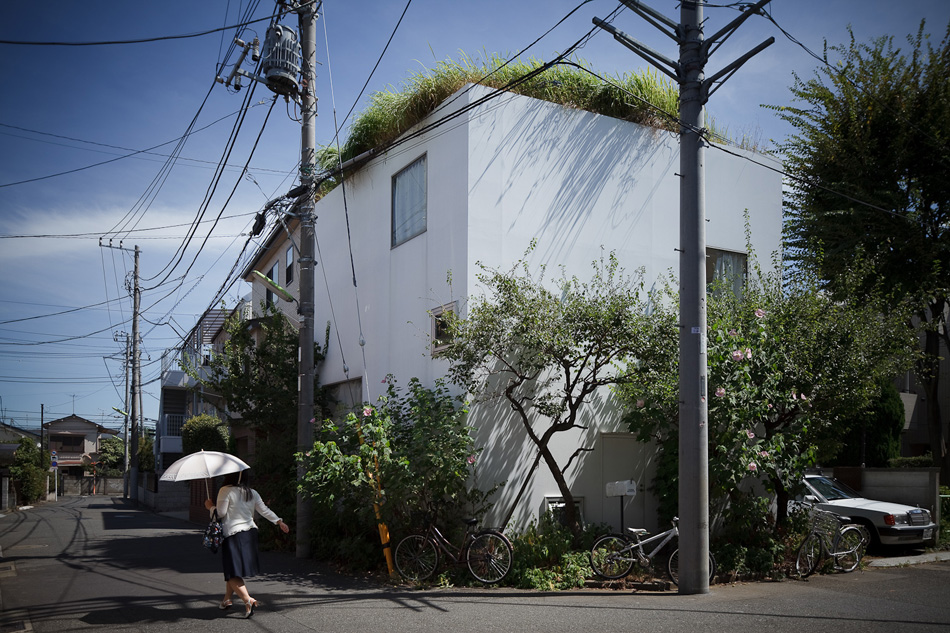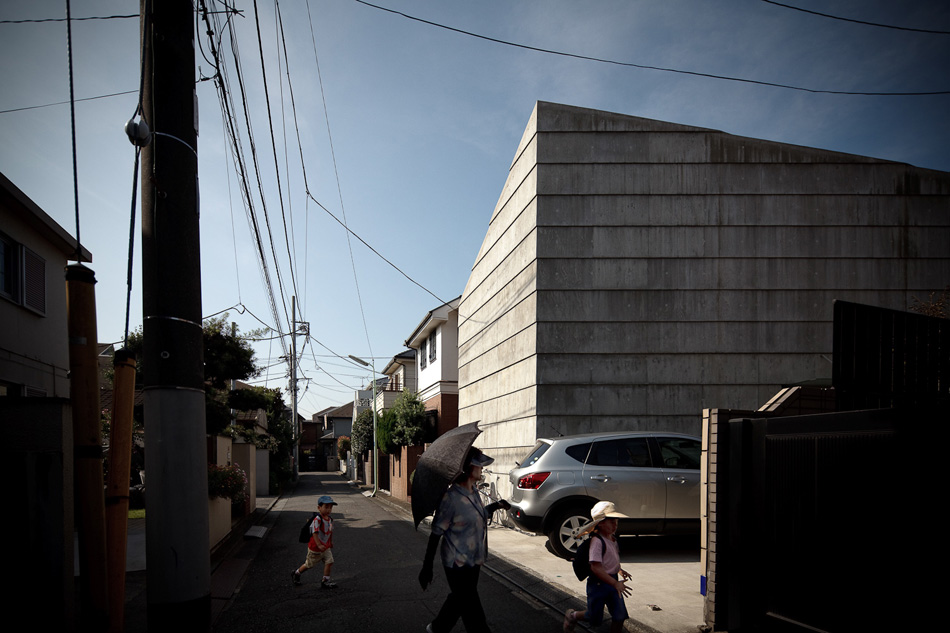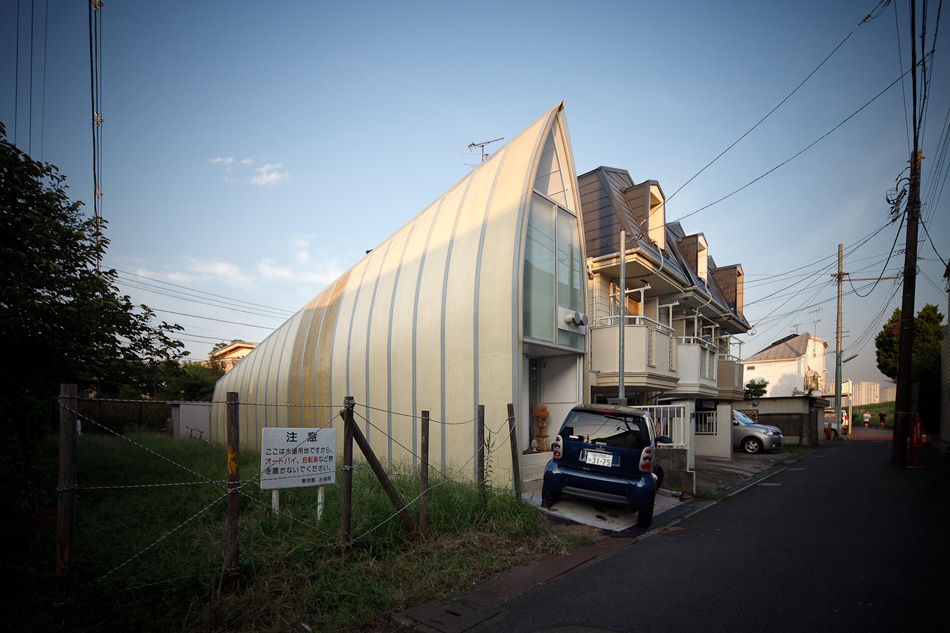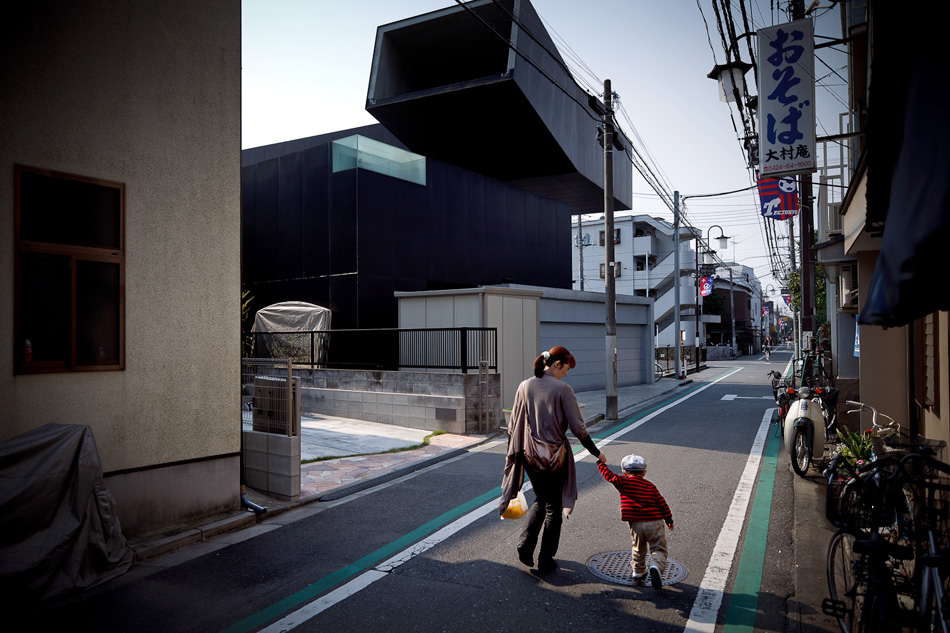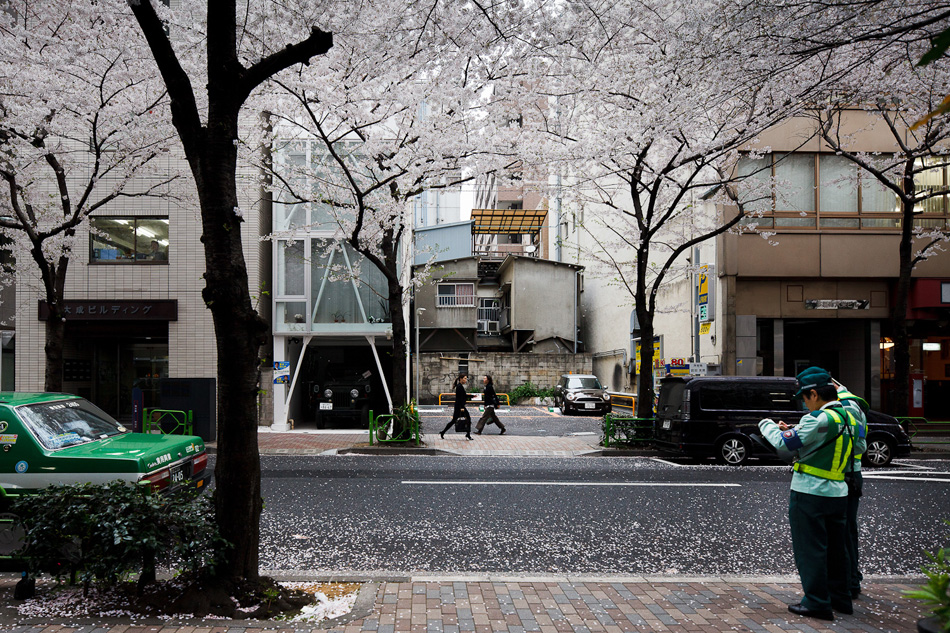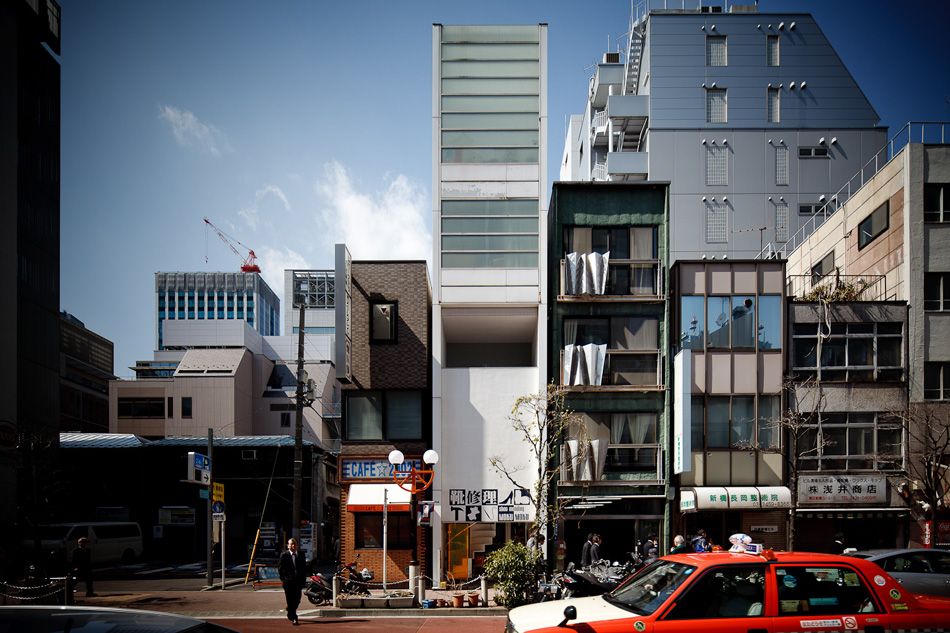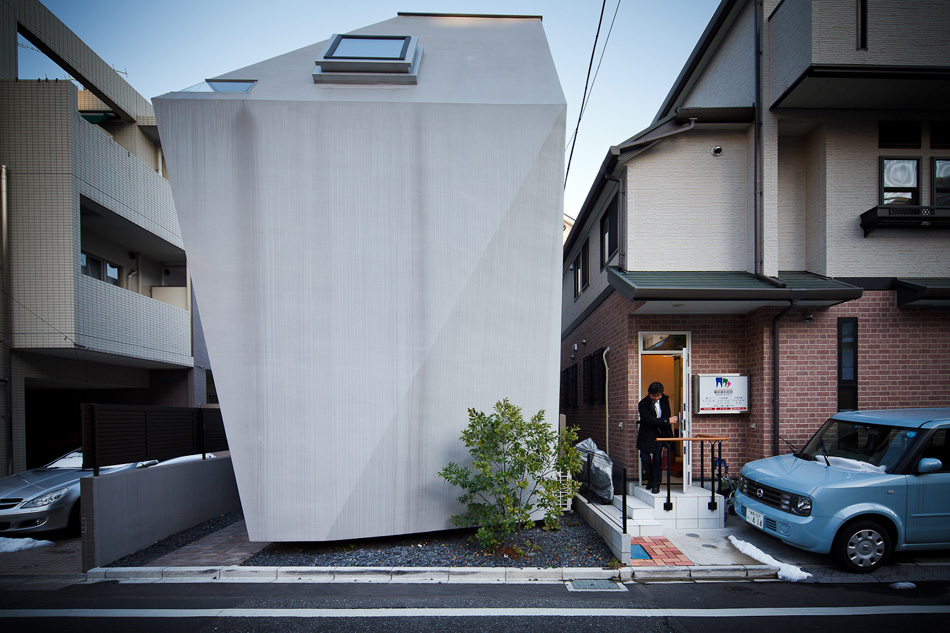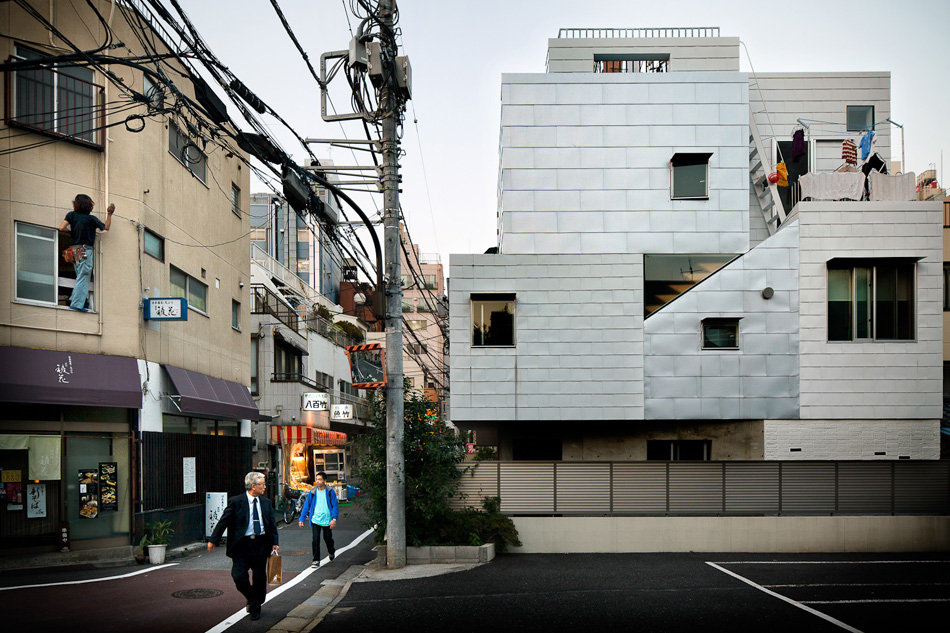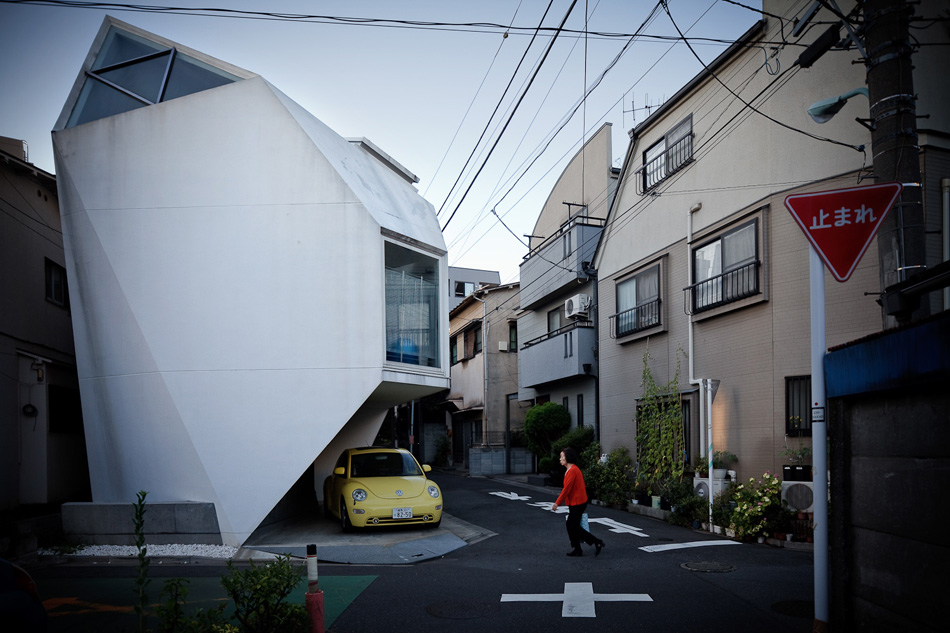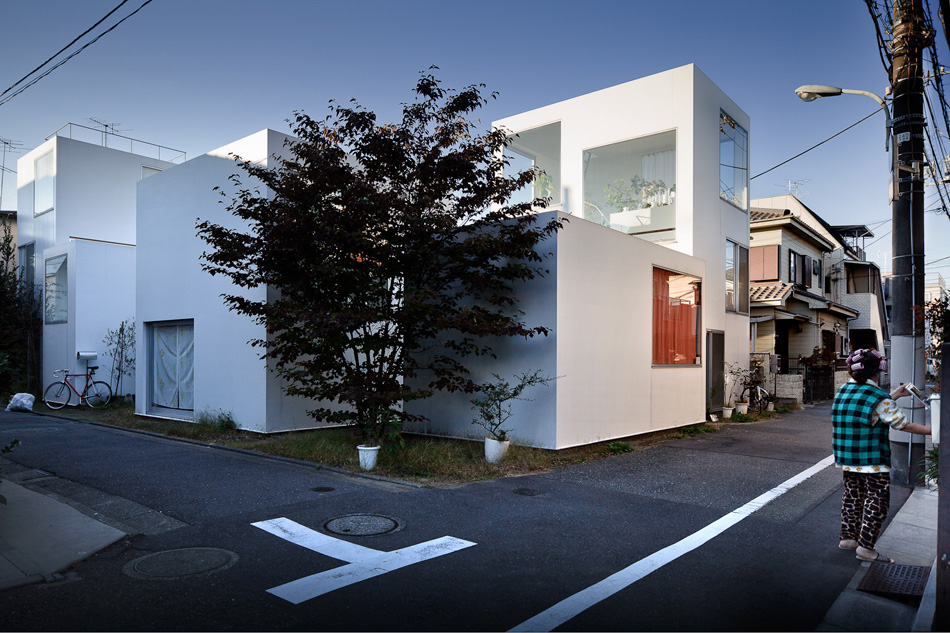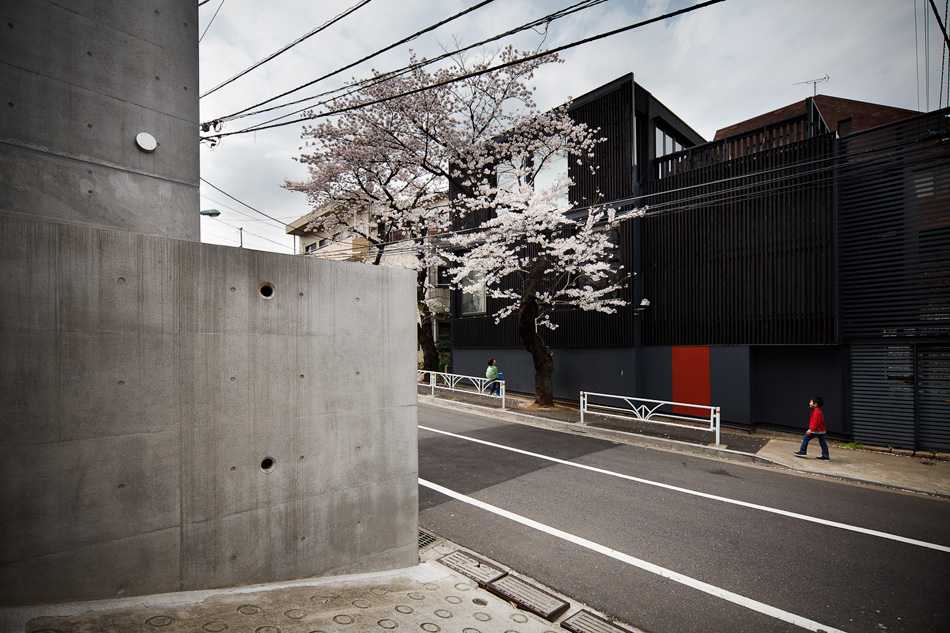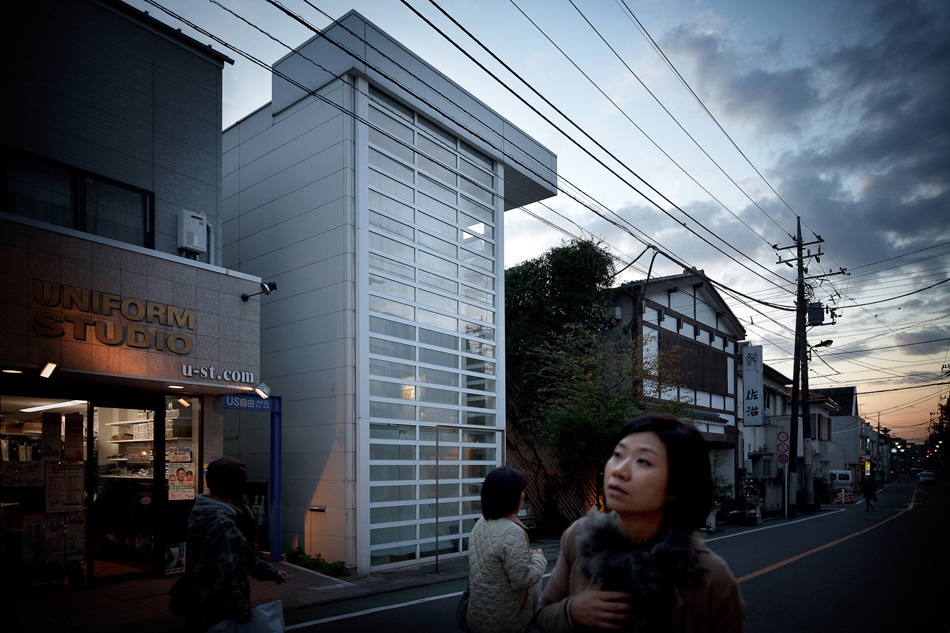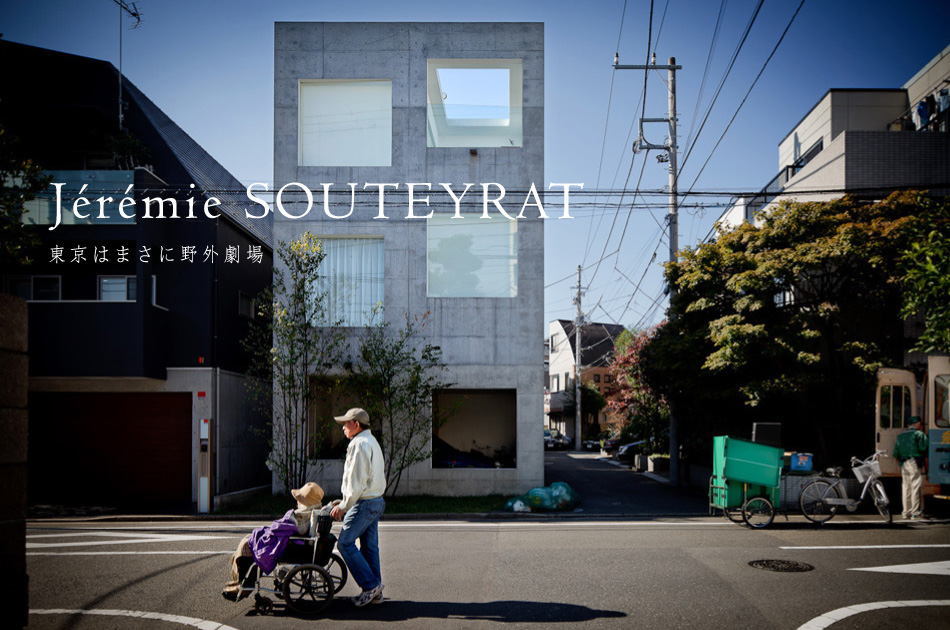
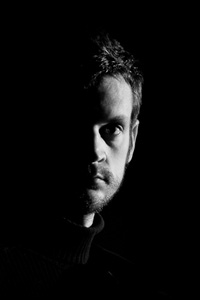
ジェレミ・ステラ
Jérémie SOUTEYRAT
1979年フランス生まれ、東京在住。 2001年に理工科を卒業。数々の海外旅行を重ねるうち、写真を表現手段とすることを考えはじめる。レイモン・ドパルドンの作風に追従し、彷徨写真に出会う。2005年に初来日、日本に"一目惚れ"する。徐々に、人生を写真に捧げることを選択。一年をかけた自己制作による初の報道写真では、パリの若年アフガニスタン人移民の日常生活を見せた。これらの写真はル・モンド紙をはじめ数紙に掲載予定。新たな文化と異なる生活様式に出会う欲求に駆り立てられ、2009年には日本に定住、東京より、ガーディアン紙、エル誌、ビジネスウィーク誌、テレラマ誌、リベラシオン紙等、著名出版物からの発注に答える。ドキュメンタリー作品からポートレート、建築写真まで、自身が大きく影響を受けた小津安二郎、ホウ・シャオ・セン、エドワード・ヤンなどの映画監督と同様、そのアプローチは人間を中心に据えたものである。
After graduating as a mechanical engineer in 2001, Jérémie Souteyrat started working in a company and took his first travel pictures. He first went to Japan in 2005, and fell in love with it at the first sight. He decided to focus on photography, and produced a photo report about young Afghan migrants in Paris, which was published in many newspapers and magazines in France and was shortlisted for the Bourse du Talent Kodak/Photographie.com (an award for young emerging photographers).
In order to discover a new culture and way of life, Jérémie quit his job and settled in Japan. Currently based in Tokyo, he receives assignments from the most prestigious French and Western newspapers and magazines (Le Monde, The Guardian, Elle, Businessweek, etc.), for documentary, portraits and architecture photography.
In each field, his work is focused on the human being and influenced by Asian movies directors, like Hou Hsiao Hsien or Edward Yang.
Après un diplôme d'ingénieur en 2001, Jérémie Souteyrat a commencé à considérer la photographie comme moyen d'expression lors de ses nombreux voyages à l'étranger. Sur les pas de Raymond Depardon, il découvre la photographie de l'errance. Un premier voyage au Japon en 2005 et c'est le coup de foudre avec ce pays. Petit à petit, il fait le choix de consacrer sa vie à la photographie. Son premier reportage, autoproduit et réalisé pendant une année, montre le quotidien de très jeunes migrants afghans à Paris; il sera publié dans plusieurs journaux dont Le Monde.
Poussé par l'envie de découvrir une nouvelle culture et un mode de vie différent, Jérémie s'installe au Japon en 2009. Depuis Tokyo, il répond à des commandes émanant de grands titres de la presse internationale : Le Monde, The Guardian, Elle, Businessweek, Télérama, Libération etc...
Que ce soit pour des travaux documentaires, de portrait ou d'architecture, son approche est toujours centrée sur l'être humain, a l'instar de ses influences majeures que sont les cinéastes Yasujiro Ozu, Hou Hsiao Hsien et Edward Yang.
www.jeremie-souteyrat.com/
しかし現実の東京はパリより更に低い建物が立ち並ぶ平面的な都市である。独立した個人住宅が平べったい土地に、まさに密集している。狭い通りに面した限られた土地にそれぞれの家族が空に向かって開かれた繭のような、そして同時に通りからはしっかり隠された小さな我が家を建てている。
このプロジェクトではドキュメンタリー写真の手法を用い、これらの住宅の外観と周囲の環境を示すことで、これらの建築にアプローチを試みた。つまり、ふたつの分断させた世界、ストリートフォトとしての人間性と建築写真の完成度を両立させることを目指したかった。建物とはその内側の住空間と外観を保つべくデザインされるはずだ。人間不在の建築などは無意味であるべきだ。
このプロジェクトで撮影された家々は日本でも著名な建築家によって設計されたもので、広大な東京という都市の中にあたかも宝石のように点在している。日本における建築法は歴史遺産への意識が不足していることもあり、非常にリベラルである。よって建築家はそれらを通して彼等の考えを表現できている。東京はまさに野外劇場、住人たちは役者としてまたオーディエンスとして、この世界のユニークなセットとして機能している。
When talking about Tokyo, westerners have in mind the high-rise buildings of Shibuya and Shinjuku and dense crowds. But Tokyo is actually an horizontal city, with a lower density than Paris. Neighborhoods of single-family houses spread across the horizon. In the narrow streets, each family try to build a nest, on minimum-sized lands, in cocoons open to the sky but hidden from the streets.
In this project, I wanted to approach architecture by the documentary photography, by showing the outside of the houses and their environments. I tried to conciliate two separated worlds : humanity of street photography and perfection of architecture photography. A building is designed to live inside and outside. Architecture without human being is non-sense.
These houses are made by the most prestigious Japanese architects, sowed like jewels in the immensity of Tokyo. In Japan, architectural rules are very liberal due to the lack of historical heritage, thus it allows architects to express themselves. Tokyo is an open-sky theater. Its architecture is a set unique in the world, whose inhabitants are both actors and audience.
De Tokyo, on ne connaît en occident que les tours des quartiers de Shibuya ou de Shinjuku et ses foules immenses. Tokyo est pourtant une ville horizontale, moins dense que Paris. Les quartiers de maisons individuelles s'étendent à perte de vue. Dans les ruelles calmes, chaque famille essaye d'y construire son nid, sur des terrains aux dimensions minimales, dans des cocons fermés aux regards de la rue mais ouverts sur le ciel.
Ce projet s'inscrit dans une volonté d'aborder l'architecture par la photographie documentaire, en ouvrant les constructions au monde extérieur et à leurs environnements. Pour déterminer la place qu'elles occupent dans la ville, j'ai cherché à concilier deux mondes que tout sépare : l'humanité de la photographie de rue et la perfection de la photographie d'architecture. Un bâtiment est conçu pour y vivre, à l'intérieur comme à l'extérieur. L'architecture n'a pas lieu d'être sans être humain.
Ces maisons sont les travaux des architectes les plus réputés du Japon, semées comme des bijoux dans l'immensité de Tokyo. Les règles architecturales libérales dues au patrimoine historique quasi inexistant permettent aux architectes de s'exprimer. Tokyo est un théâtre à ciel ouvert. Son architecture est un décor unique au monde. Ses habitants en sont à la fois les acteurs et les spectateurs.
Assisted by Bruno Bellec
SOUTEYRAT
